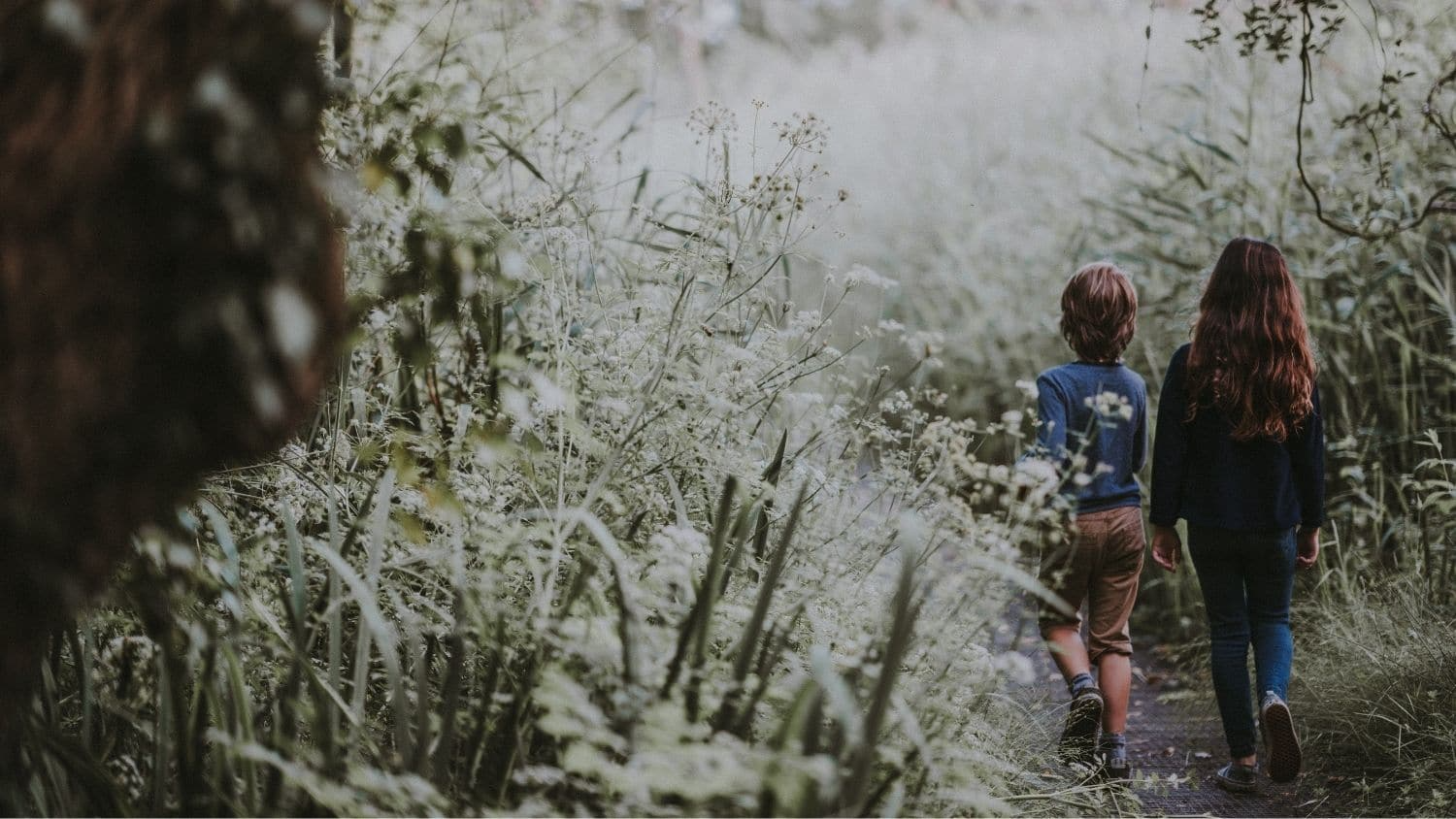Study Finds Natural Outdoor Spaces Are Less Common at Schools
Spending time in nature can have mental, physical and social benefits for children.
 Credit: Annie Spratt on Unsplash: https://unsplash.com/@anniespratt
Credit: Annie Spratt on Unsplash: https://unsplash.com/@anniespratt
Spending time in nature can have mental, physical and social benefits for children. While schools offer a chance for students of all backgrounds to get outside in nature, researchers from North Carolina State University found natural spaces like woods or gardens were relatively rare in a small sample of elementary and middle schools in Wake County.
Published in the journal Urban Forestry & Urban Greening, the study found that for schools that did have green natural spaces, teachers played a key role in helping kids experience and enjoy those natural areas.
“When children connect with nature at a young age, it can provide lifelong benefits,” said the study’s lead author, Zhenzhen Zhang, a graduate student in forestry and environmental resources at NC State. “We wanted to know – how can we promote children connecting with nature using the most accessible green space they might have, which is the school yard?”
In the study, researchers visited eight elementary schools and one middle school in Wake County to see if they had gardens, woods, athletic fields or playgrounds. They also measured the percentage of impervious surface, or concrete and asphalt, outdoors at each school. They also surveyed students and teachers to understand the extent that students were aware of, and used, the natural outdoor spaces.
They found all nine schools had athletic fields, and all of the elementary schools had playgrounds. Just three schools had woods, some of which were blocked off by a fence, and six had gardens. Researchers noted that while having athletic fields and playgrounds was likely a result of standard school system landscape design plans, the presence of green natural spaces was not.
“For woodlands, the school system told me they try to keep as many trees they can if the trees already exist on the property, but it depends on the school,” Zhang said. “For gardens, it depended on whether a school wanted to have that feature. But the playgrounds and athletic fields are required for every elementary school.”
When they surveyed 199 third through sixth graders and 14 teachers at those schools, researchers found the most frequent outdoor activity students participated in was recess, which they said they did several times a week on average, and playing sports, which happened about once a week. The least common activity was exploring woods, which happened less than once or twice a year, or spending time in gardens, which occurred less than once a month on average.
Students were also less aware of the natural spaces at their schools compared with playgrounds or athletic fields.
“Playgrounds are good at getting kids active, which we know has mental health benefits, but natural spaces offer something a little bit different,” said study co-author Kathryn Stevenson, associate professor of parks, recreation and tourism management at NC State. “We want to know what is driving kids to interact with these natural spaces because we know they provide mental health and learning benefits above and beyond what playgrounds and fields can offer.”
When they looked at factors linked to whether students spent time in woods or gardens, they found that having a teacher trained in environmental education was linked with whether students said they had explored woods at their schools.
“The teacher plays an important role in encouraging kids to go outdoors and use woodlands,” Stevenson said. “Environmental education workshops can help teachers overcome barriers to using those spaces, such as knowing whether using woodlands is safe, or knowing how to use them in teaching, and knowing how the outdoors can benefit student learning.”
They also found that exploring woods was linked with students thinking they were a good place to learn. They also saw that teachers taking children outdoors frequently increased the likelihood students were aware of gardens located at their schools.
The researchers said it’s not surprising that teachers were a factor in students accessing natural areas. The findings point to a need to equip teachers with the knowledge and skills to encourage outdoor learning and play, and also suggest that policies for school designs need to be intentional about outdoor spaces if educators and parents want kids to get the benefits associated with outdoor play.
“We found teachers can be big promoters for connecting students with nature-based activities,” Zhang said. “We also found that teachers can influence kids’ thinking that woodlands are a good place to learn, which is another reason why the teacher is a really big factor in influencing students going outdoors.”
Publication: Zhenzhen Zhang, et al., Exploring geographical, curricular, and demographic factors of nature use by children in urban schoolyards in Raleigh, NC, USA, Urban Forestry & Urban Greening (2023). DOI: 10.1016/j.ufug.2021.127323.
Original Story Source: North Carolina State University

 Alerts Sign-up
Alerts Sign-up